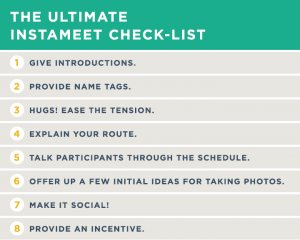
What Is A Spamtrap?
- A valid, deliverable email address that is exclusively used to receive unsolicited email
- Incoming messages are monitored by human or automated processes
- May be virginal (i.e. a new email address) or re-purposed (i.e. previously used by a person)
- Appearance-wise, may be indistinguishable from any normal email address
Who Creates Spamtraps?
- ISPs & mailbox providers (e.g. Verizon, Comcast, AOL, Microsoft, etc.)
- Companies selling spam-filtering services (e.g. Barracuda, Trend Micro, etc.)
- Nonprofits and volunteer groups (e.g. Spamhaus, Project Honeypot, etc.)
- Individual anti-spam crusaders
How Many Spamtraps are There?
Hundreds of millions or more! New spamtraps are created 24/7/365. For example, one spamtrap operator, Project Honeypot, has a constantly updating counter on their site indicating how many traps they themselves monitor, and it’s currently at 237 million.
Are Spamtraps Evil?
No! Spamtraps are a valuable component of our email ecosystem because they provide critical insight into the behaviors and electronic fingerprints of true spammers. The spam filtering technology we all depend upon for a cleaner inbox often utilizes the insight gleaned from spamtraps.
It’s probably best to think of spamtraps like spiders… you recognize their importance but you certainly don’t want them popping up in undesired locations.
What Happens If I Send Email To A Spamtrap?
As a marketer or ESP, it’s bad news if you send an email to a spamtrap. Exactly what happens next has a lot to do with the spamtrap operator, the quantity of their traps you hit, the number of times you email the same spamtraps, and the content of what you mailed. Possible outcomes include:
- Nothing: The spamtrap operator may ignore the email entirely or perhaps just record what you sent in case it happens again.
- Flag similar messages as spam. The spamtrap operator may decide to deliver other emails that look like yours to their customers’ spam folders.
- Block similar messages. Your mailserver’s IP or domain may start seeing blocks/delivery rejections from the domain(s) managed by the spamtrap operator.
- Delete similar messages. In extreme cases, the spamtrap operator may make the decision to protect their userbase and unceremoniously delete all mail incoming from your mailserver IP or domain.
- List you – Your mailserver’s IP, your domain, or more may appear on a blacklist, and other mail operators who watch that list may also take any of these listed actions as well.
Business & Finance Articles on Business 2 Community
(77)
Report Post




